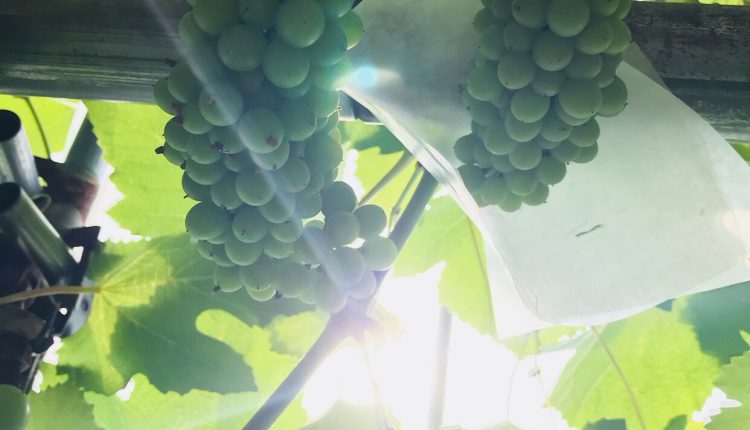Having taken lectures throughout our 15-week course of “Understanding the Environment through Culture, Field Study of Cross Border Design”, I am now confident to say that I have learned a lot about the environment from different perspectives. From those lectures held in class, we spent most of the time learning about how plastics waste is destroying not only human’s living environment but also natural habitats, what measures and solutions out there that we can take to tackle plastics related issues, how harmful it is to use chemical pesticides and fertilizers in farming and why we should support organic farming. Apart from that, I also had a chance to go on two unforgettable field trips, one to Kamakura and the other to Takahata in Yamagata prefecture, which I think, are very interesting as they complemented and gave me a more rounded view of what I have learned so far in class. Participating in the two trips also gave me more insights about the actual and current condition of our environment, what people think about plastics pollution and what they are doing to stop the environment from deteriorating, or to be more precise, slow the rate at which it is degrading. Moreover, a special lecture on Hiroshima nuclear disaster has taught me what the cost and true cost are in the development of nuclear power plants as well as how unfair it is to the city of Hiroshima in this contract of electricity production for Tokyo. From this lecture, we further developed the idea of true cost to agricultural farming, what it actually costs to produce such produces.
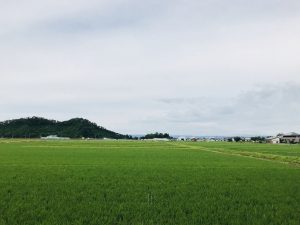
Kamakura: plastic waste on seashores, ocean animals and people’s ideas on plastics use
On one Sunday morning in the month of May, our class went on the first field trip to Kamakura with a view to conduct surveys in which plastic use is the main topic. My group’s subject was “Alternatives to Plastics” and to prepare for this trip, we had been gathering in group to draft and then finalize a list of questions that we were going to ask people at Yuigahama beach in Kamakura. Also, to help us have an initial overview of what our interview questions should be like and further advance them before we went on the trip, the teachers first let us carry out our draft interviews on school’s campus. In Kamakura, the two main destinations on our trip were the area around Komachi-dori and Yuigahama beach. As we were walking along Komachi-dori, I noticed that most street vendors and eateries were selling ice cream and food contained in either plastic cups or containers. We barely spotted any shop that did not use single-use plastics.
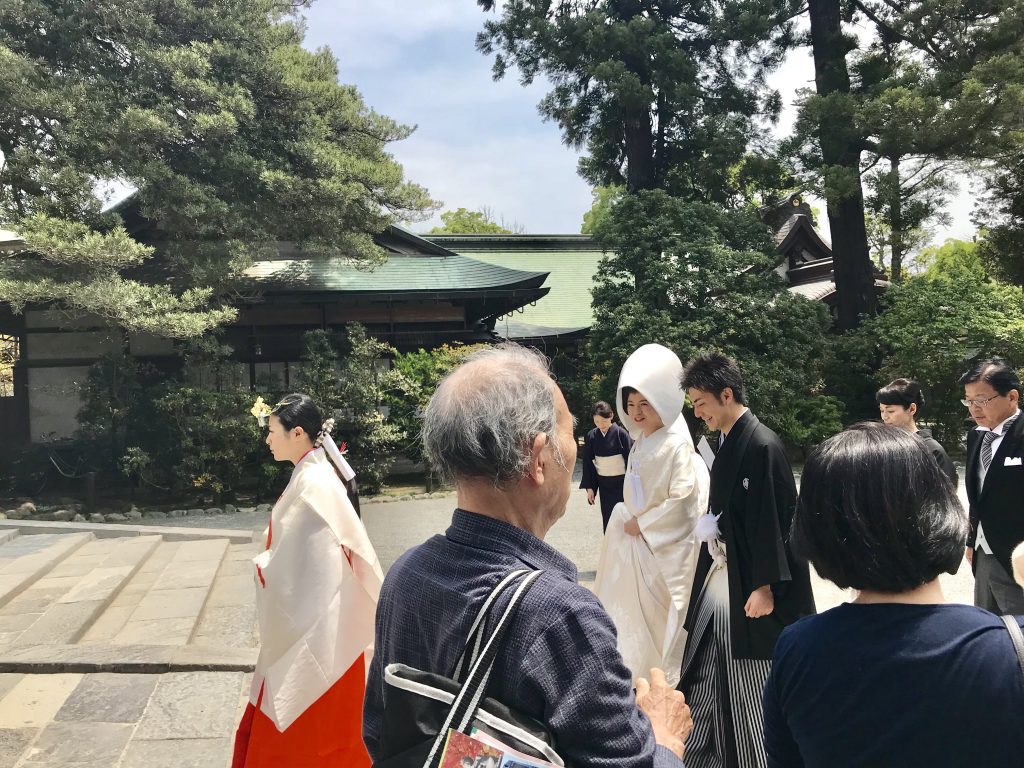
Before heading to Yuigahama beach, we had an opportunity to join a rock festival called Petite Rock Festival, which was a great experience for me as I have never been to such festival before. Everything there was excellent, from good music, chilled-out atmosphere to mouth-watering fish-version hotdogs sold in a small van. However, similar to what I had previously observed at Komachi-dori, everything came with plastic containers, from a plastic cup of beer to a plastic bento box. During our free time at the festival, we got to talk to one of our member’s friend, who also supports the use of alternative products instead of plastics. Interestingly, while we were talking to him, I spotted that he was having sausages served in a plastic container. We asked him why he was using plastic container even though he was against the use of plastics and got a reply explaining that the shop where he bought his food only had plastic containers and that they thought plastics were convenient. His reply got me question myself why people did not use paper cups or containers instead since they not only served the same purpose as plastics did but also were considered as a “greener” option than their plastic counterparts. When I did a research on this question, I found that there were two major answers, which were because paper cups are more expensive than plastic ones as it takes more resources to manufacture them and because paper cups are not recycled after uses but instead, ended up in landfill, which is a waste considering the cost to produce them.
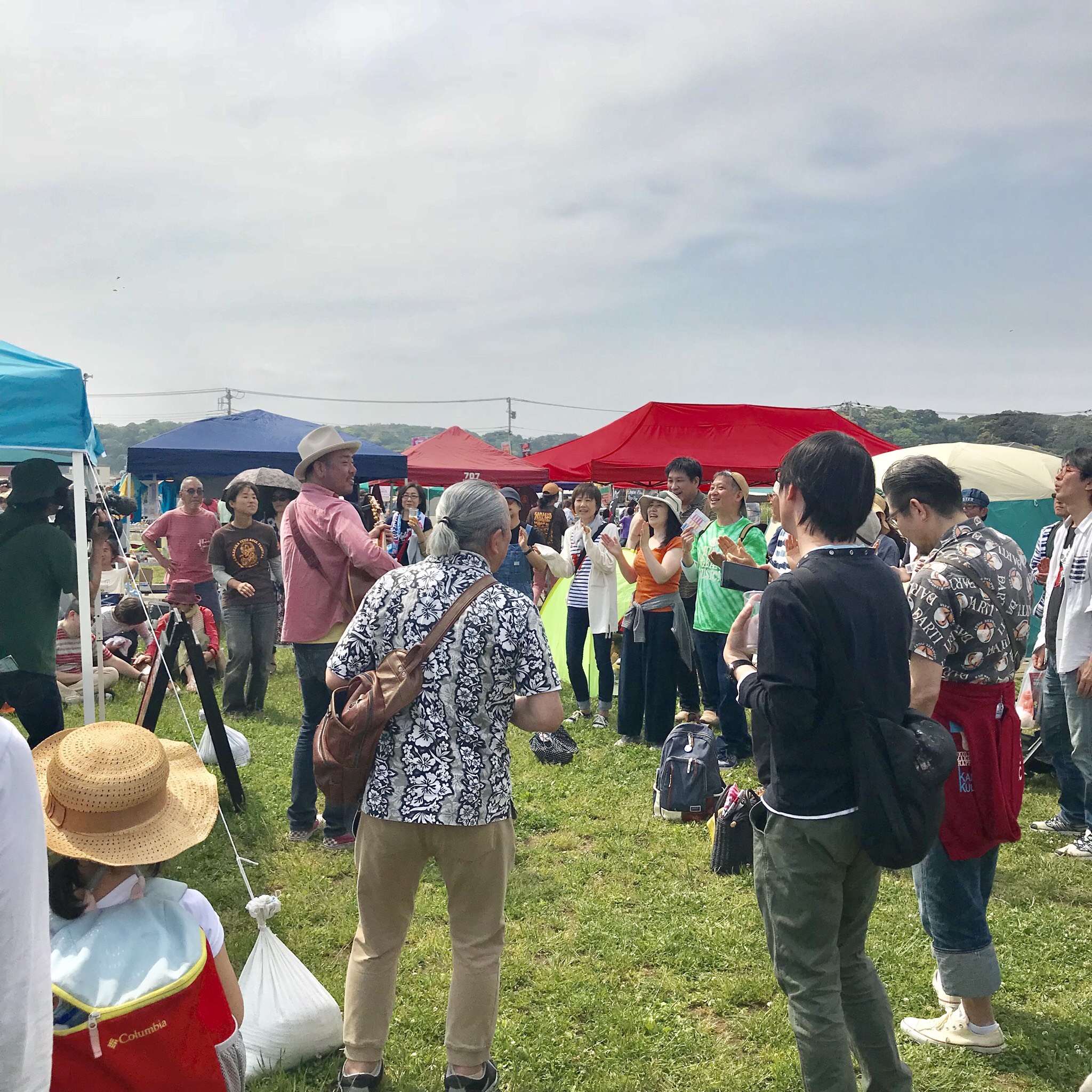
As soon as we arrived at Yuigahama beach, we started going around interviewing people. While we were walking back and forth the area, I saw that there was a large amount of plastic chips and broken plastic pieces stranded on the seashore. According to one of our group’s member, the beach was often cleaned by local people, however, because of the massive amount of plastics and garbage thrown on the beach, it was impossible to get rid of them all. This had me realize that problems caused by plastic use actually lie in people’s awareness since no cleaning effort would be enough if people still think it is fine to use and throw plastics on the beach.
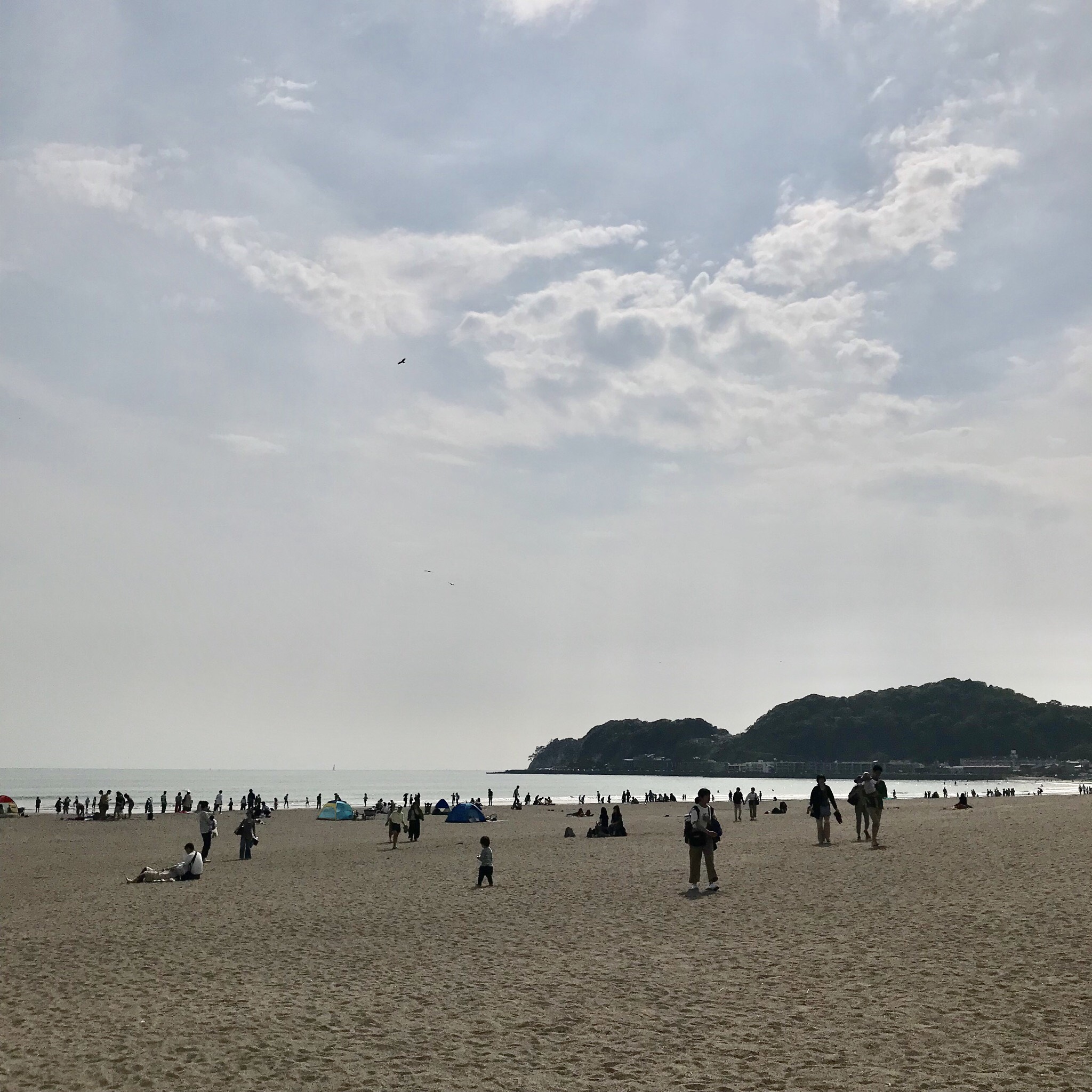
Takahata: a trip of experience and my first real-life contact with organic farming
Our next field trip was to Takahata in Yamagata prefecture. Although the trip started from 3pm on the first day, I could not join the class until 8pm later that day. The reason being was that I got on the wrong train which took me to Sendai instead of Takahata, so I had to take another train back to Takahata. Now looking back, I actually enjoy this incident as it makes the trip even more unforgettable to me.
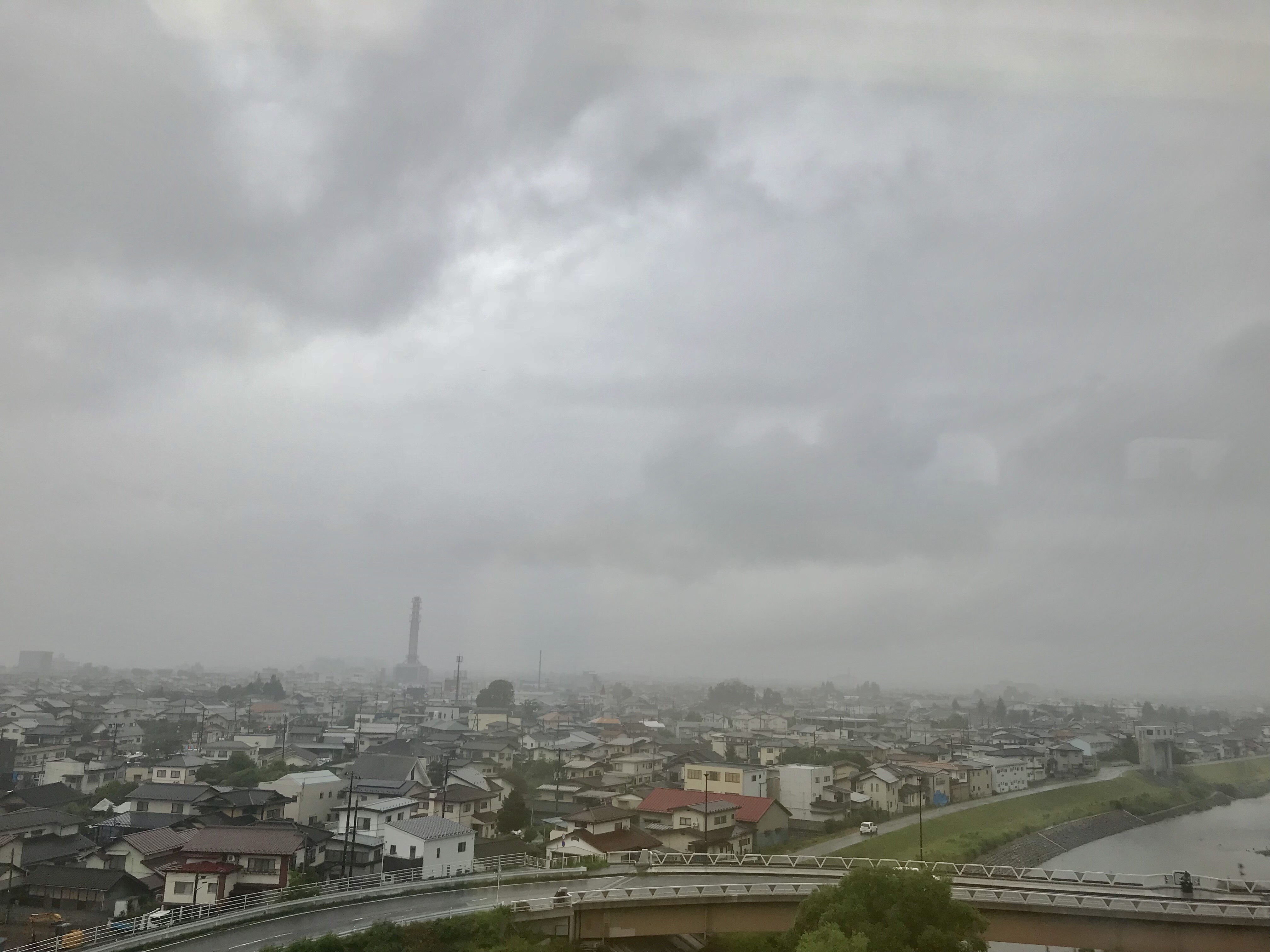
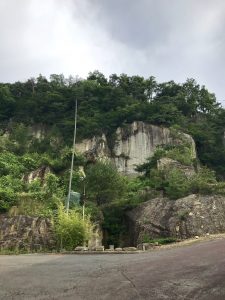
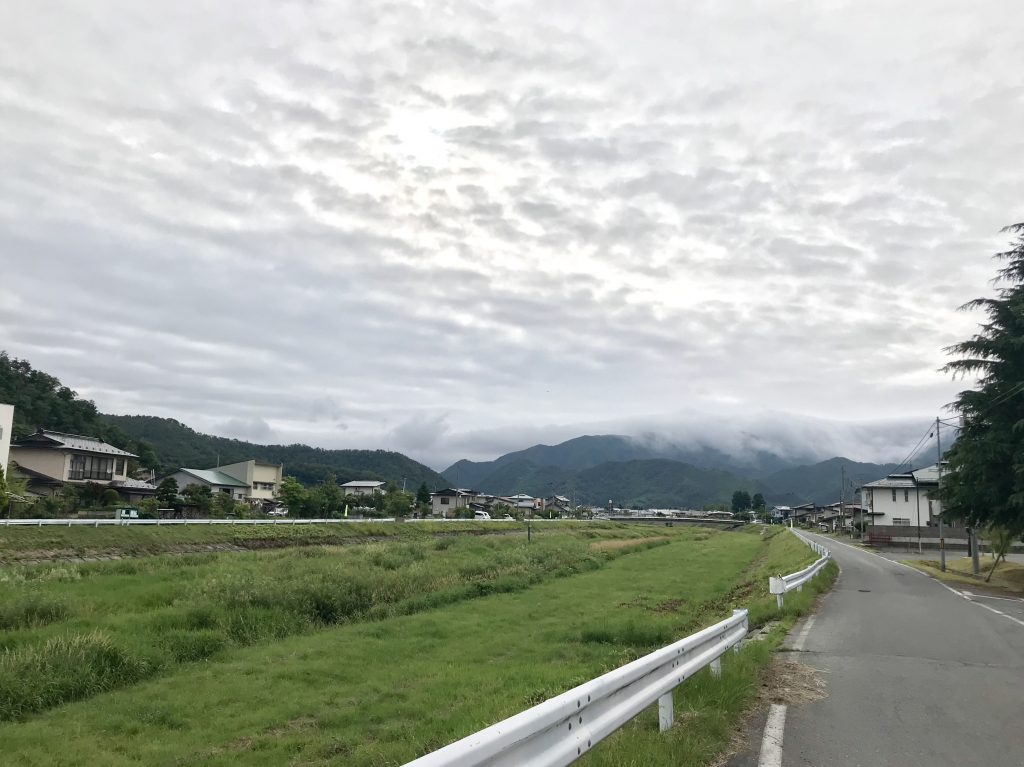
To me, the highlight of this trip is when we got to work on a grape farm to help our farmer, Mr. Minoru, wrap wax paper around grape bunches in order to prevent them from getting wet in the rain. To be honest, this is the toughest task I have ever done. Only after a few minutes getting into the work, my neck hurt so bad that I felt as if it was broken because the grape trellis is high above our heads, we had to keep looking up for a long time. The experience makes me admire farmers a lot as this activity is one of the most tiring things I have ever tried. Still, it was not all about neck pain but also about getting close to the nature and learning to do things with great care.
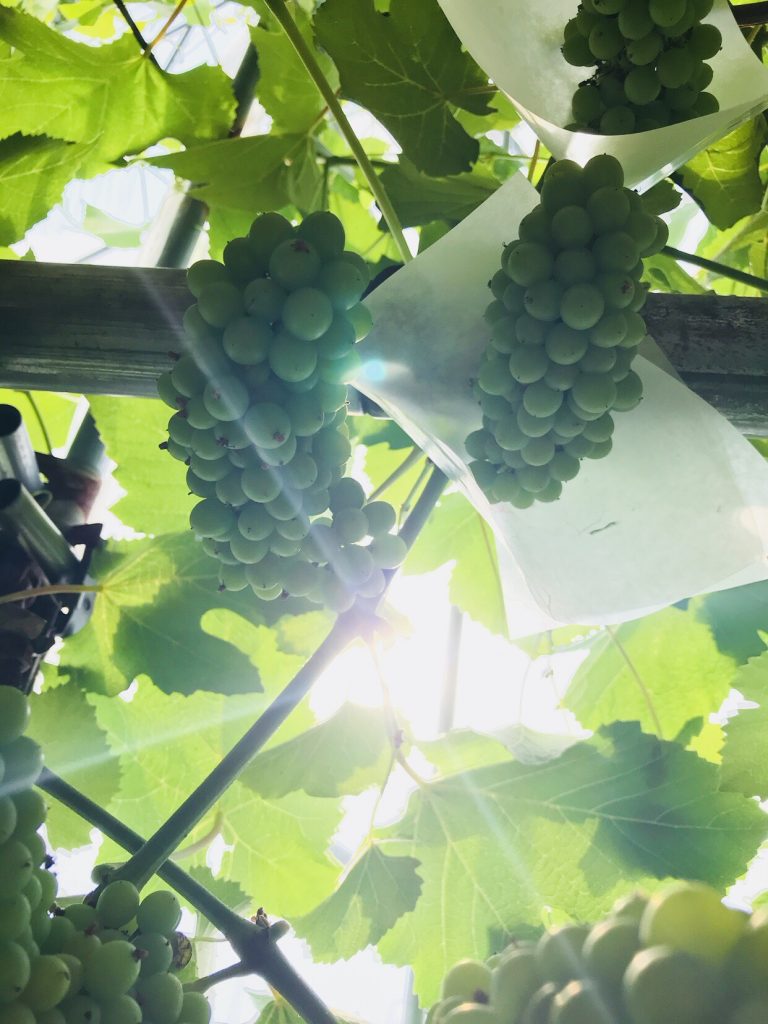
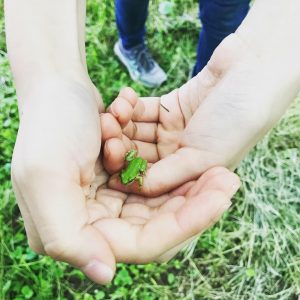
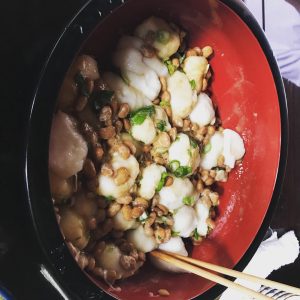
Furthermore, I learned that Mr. Minoru is a member of a network between farmers and consumers related to teikei system, a system where consumers can buy locally grown organic produces directly from nearby farmers. Through this system, not only consumers can purchase safe and in season agricultural products, but also farmers can gain a stable source of income.
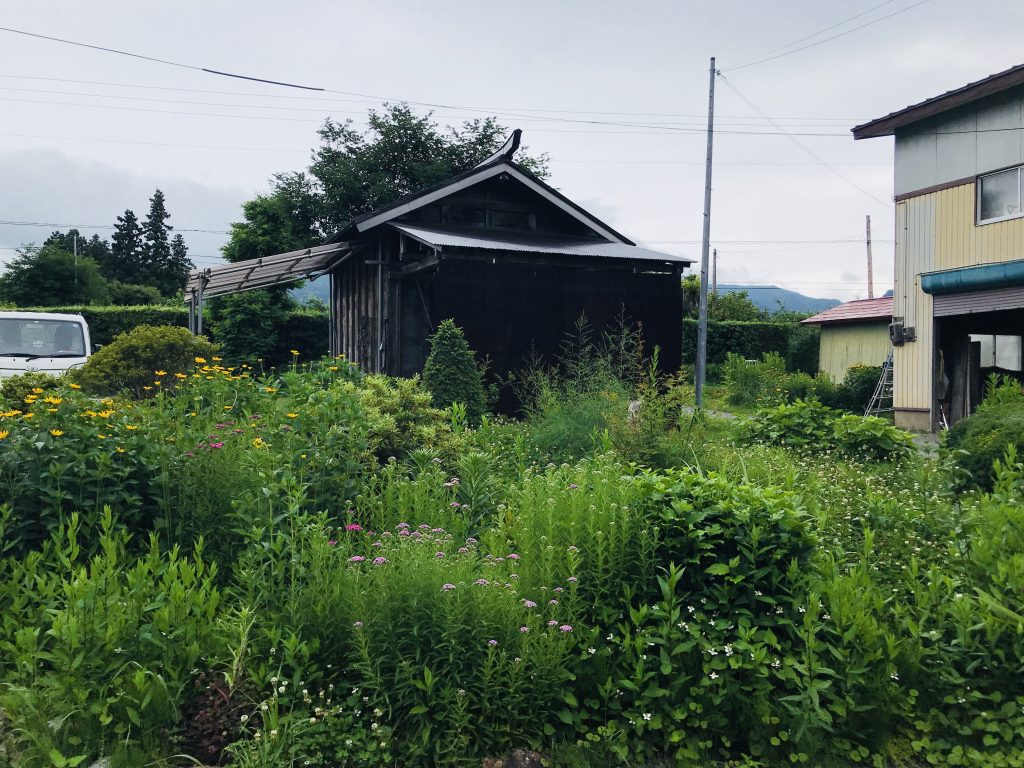
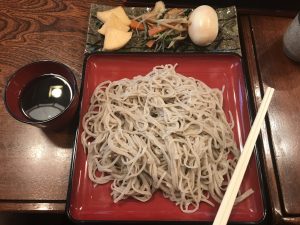
Conclusion
This course and the two field trips have taught me lots of new things about environmental issues related to plastics and the benefits of both organic farming and teikei system. Most importantly, Takahata field trip has given me more insights about organic farming and made me realize the importance of community values and collaborative work. Together doing organic farming, Takahata farmer community has proven that they care about not only the environment but also customers’ health. In other words, their application of teikei system has helped maintain the sustainable relationship between nature and humans.

